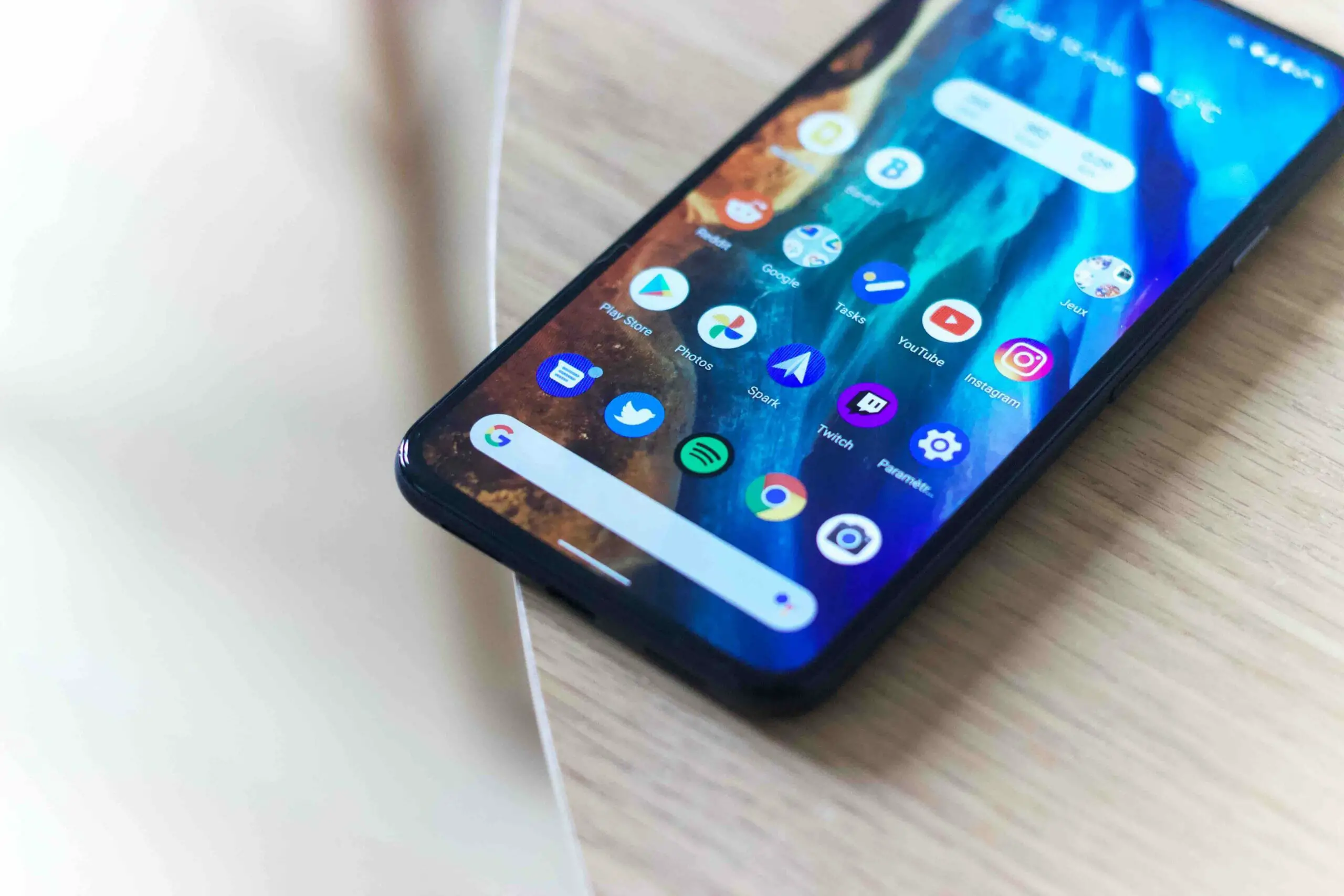Are you experiencing issues with your mobile data connection due to APN settings being greyed or disabled? You’re not alone.
Many carriers and MVNOs have their Access Point Networks (APN) settings and lock them on their mobile devices to prevent users from modifying them. This is because novice users often enter incorrect values, leading to network issues.
As a result, some carriers have started releasing phones with APN settings greyed out or locked to prevent users from modifying them without expert help. In this article, we will provide a workaround for unlocking APN settings on your Android device and enabling you to modify them to resolve network issues.
Whether you’re a beginner or a tech-savvy user, this article will guide you through unlocking your APN settings and getting your mobile data connection back up and running.
Quick Summary To Unlock APN Settings on Android:
- Restart your device
- Check data limits
- Choose the right network mode
- Update your phone’s software
- Re-insert or replace your SIM card
- Toggle airplane mode
- Disable your VPN
- Consider a factory reset.
Let’s dive deeper below.
Understanding the APN and its Functions
The APN serves as a critical link, enabling mobile devices to communicate with the external services of mobile operators. Its primary purpose revolves around facilitating internet connectivity, but its functions extend beyond that.
- Internet Connectivity: APN is the gateway that permits devices to establish a connection to the internet.
- MMS (Multimedia Messaging Service): Through APN settings, devices can send and receive multimedia messages, such as images, audio, and video.
- Tethering or Mobile Hotspot: APN settings empower devices to share their internet connection with other devices, turning them into portable Wi-Fi hotspots.
- Carrier-specific Services: These settings are not just generic; they can be tailored to deliver exclusive and specialized services provided by individual carriers.
8 Solutions to Unlock Settings

Method 1: Restart Your Device
Before adjusting APN settings, try restarting your device. This simple action can fix many connectivity problems.
Method 2: Check Data Limits
Ensure you haven’t hit any data limits on your device. Checking data limits on an Android device is a straightforward process, although the exact steps can vary slightly based on the device manufacturer and the version of Android you’re using.
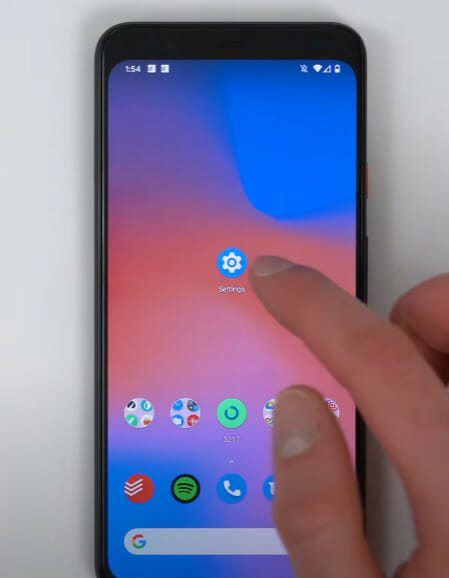
Step 1: Open Settings: Tap the “Settings” icon, typically in the device’s app drawer or home screen.
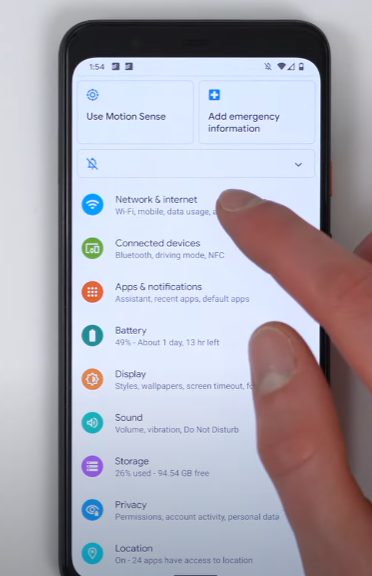
Step 2: Navigate to Network & Internet: Scroll down and tap “Network & Internet.”

Step 3: Tap on Mobile Network: At the top, you’ll typically find a graph showing your data usage for the current cycle. This graph provides a quick visual representation of how much data you’ve used.
Method 3: Choose the Right Network Mode
Choosing the right network mode on your Android device can ensure optimal connectivity and speed.

Step 1: Open Settings: Tap the “Settings” icon, which you can usually find on your device’s home screen or in the app drawer.
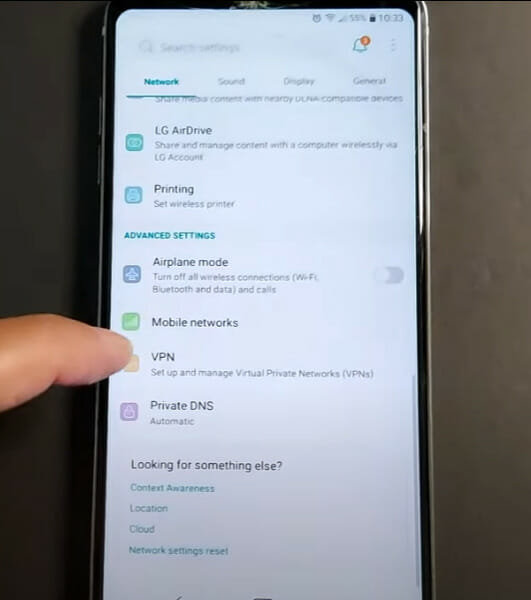
Step 2: Navigate to Network Settings: Scroll down and select “Network & Internet” or a similar option. Tap “Mobile network” or “Cellular networks.“
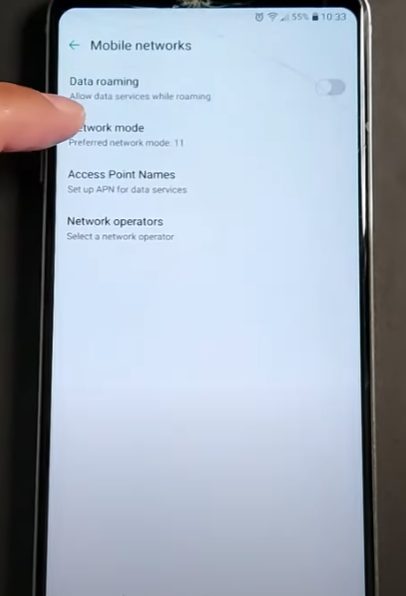
Step 3: Access Network Mode Settings: You should see an option like “Preferred network type,” “Network mode,” or “Access Point Names.” Tap on this option.
Depending on your device and carrier, several network modes are available, each with distinct advantages and limitations. Let’s break down these modes to help you make an informed choice:
| Network Mode | Description |
|---|---|
| 2G/GSM Only | This mode automatically switches between 4G and 3G networks, ensuring stable connections when 4G is weak or unavailable. |
| 3G/WCDMA/UMTS | Faster than 2G with improved internet speeds. Supports both voice and data, ideal for areas without 4G or 5G. |
| 4G/LTE | High-speed data service, perfect for internet browsing, streaming, and other data-centric activities. Some devices support VoLTE for clearer voice calls. |
| 4G/3G (Auto) or LTE/WCDMA | The cutting-edge of mobile technology offers ultra-fast speeds. While it provides unparalleled data rates, coverage might still expand in certain areas. |
| 5G (If available) | The cutting-edge mobile technology offers ultra-fast speeds. While it provides unparalleled data rates, coverage might still expand in certain areas. |

Step 4: Select the Appropriate Mode: After acquainting yourself with the various network modes and their functionalities, it’s time to decide on your needs.
For most users, setting their devices to an automatic mode, such as “4G/3G (Auto)” or “LTE/WCDMA,” is recommended. This allows the device to switch between the best available networks for optimal performance.

Method 4: Update Your Software
Updating your Android device’s software ensures optimal performance, security, and access to the latest features. Here’s the step-by-step on how to update your phone’s software:
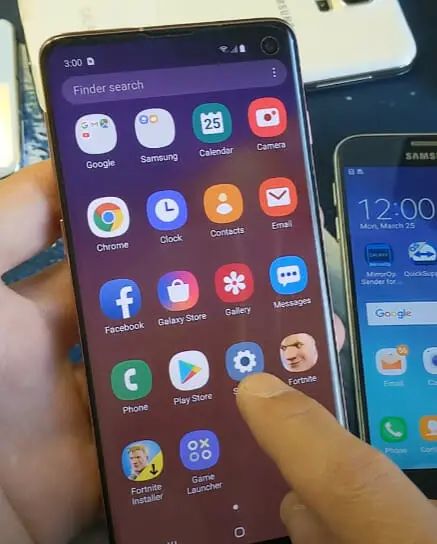
Step 1: Open Settings: Tap on the “Settings” icon, typically located on your device’s home screen or in the app drawer.
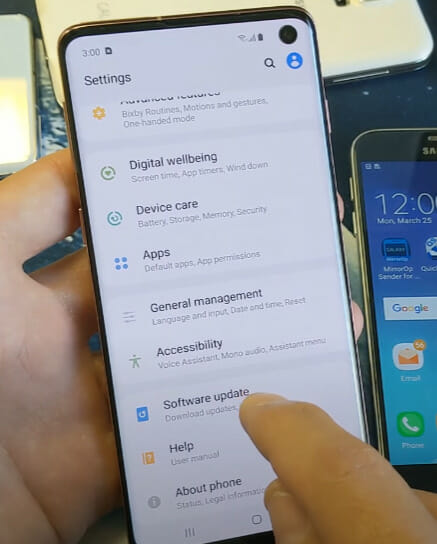
Step 2: Navigate to Software Updates: Scroll down and tap on “System” or “About Phone,” depending on your device and its version. Next, tap on “Software update” or “System updates.”
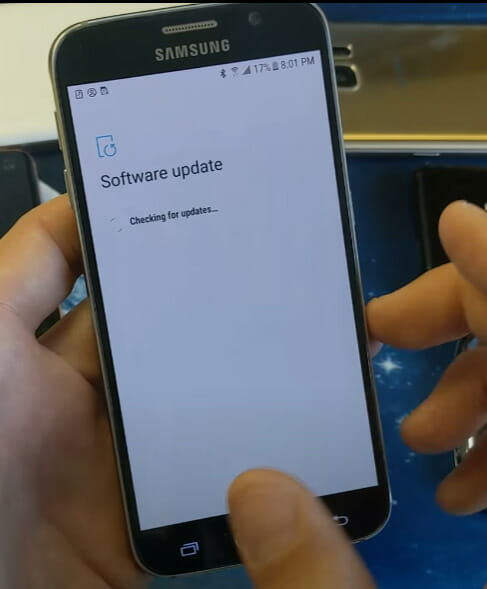
Step 3: Check for Updates: Tap “Check for updates” or a similarly named button. Your device will then search for any available updates. But you can skip this step if your phone has turned on auto download over wifi.
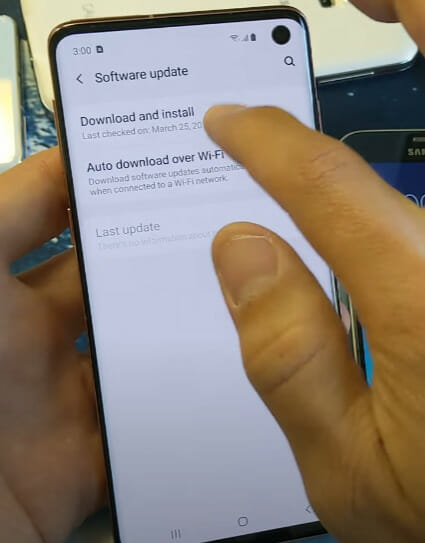
Step 4: Review and Install: If an update is available, details about the update, including its size and the changes it brings, will be displayed. Tap “Download” or “Install” to begin the update process. Depending on the size of the update, this may take some time.
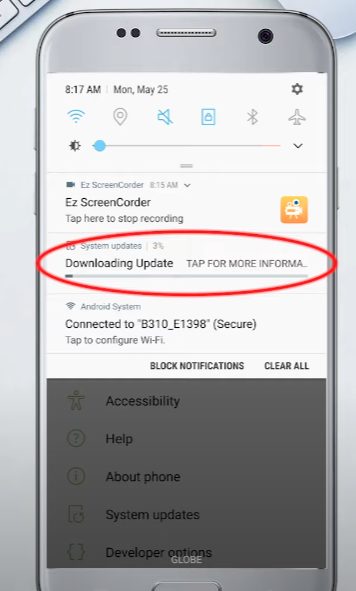
Step 5: Wait for Installation: After downloading, the device will typically reboot to complete installation. Do not interrupt this process by turning off the device or performing other actions.

Step 6: Verify the Update: Once the device reboots, you can go back to “Software update” in settings to confirm that your device’s software is now up-to-date.

Method 5: Re-insert or Replace Your SIM Card
Check your SIM card for visible damage, re-insert it, and restart your phone. If you have an old SIM card, consider replacing it.
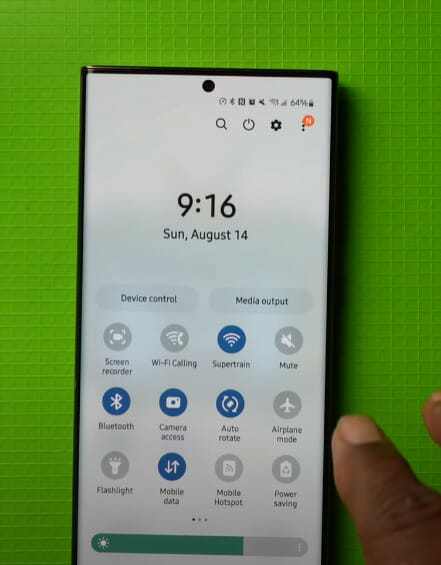
Method 6: Toggle Airplane Mode
If you’ve changed APN settings or can’t change it and it doesn’t seem to take effect immediately, toggling airplane mode can force the device to reread the newly entered settings. This might help the phone to recognize and adapt to the new APN settings faster than waiting for it to happen automatically.

Method 7: Disable Your VPN
A VPN, or Virtual Private Network, encrypts and routes your data through remote servers, effectively masking your online presence and location. While this is great for privacy and security, it can sometimes conflict with network settings or create barriers with specific services, potentially causing connectivity issues.
Step 1: Access VPN Settings
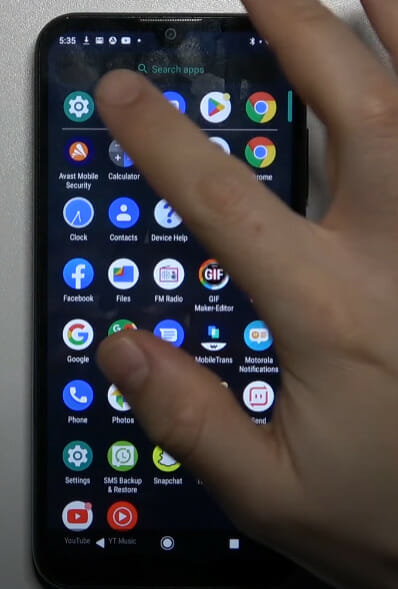
- Navigate to your device’s “Settings” app.
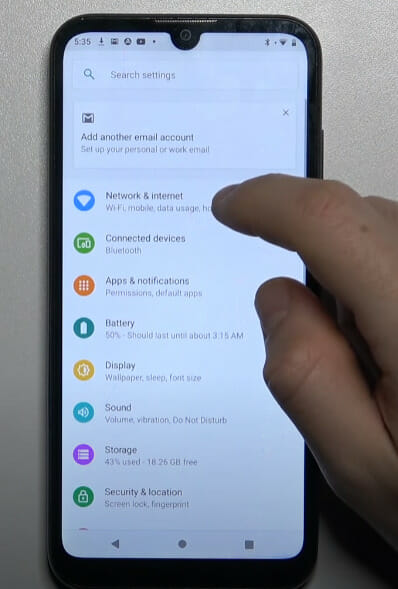
- Select “Network & Internet” or a similar category, depending on your device’s version and manufacturer.
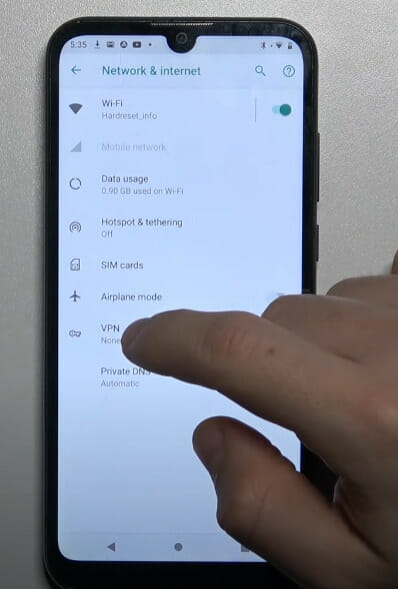
- Tap on “VPN.”
Step 2: Identify Active VPN:
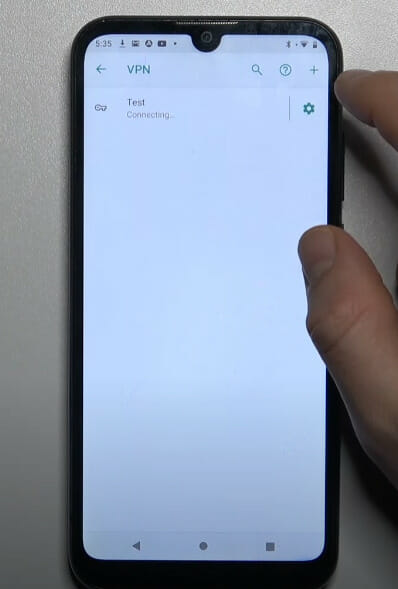
- Under the VPN section, you’ll see a list of installed VPN apps or services. Identify any that indicate they are currently connected or active.
Step 3: Disable the VPN
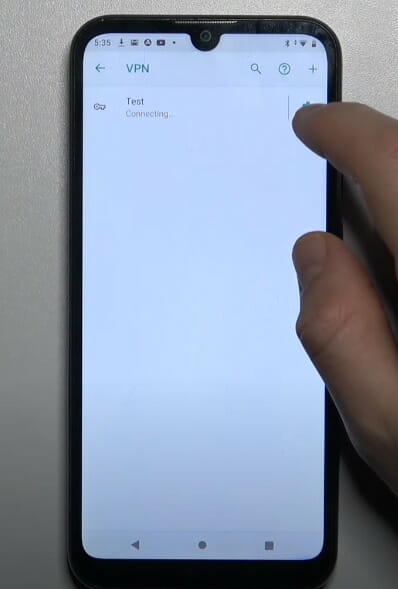
- Tap on the active VPN’s name.
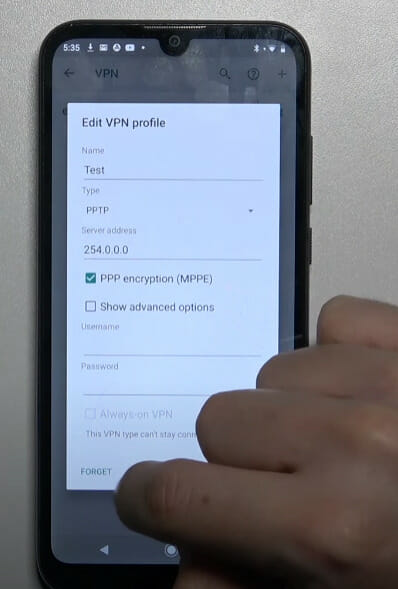
- Select “Forget,” “Disconnect,” or “Turn off.” The exact wording might differ based on the VPN app you’re using.
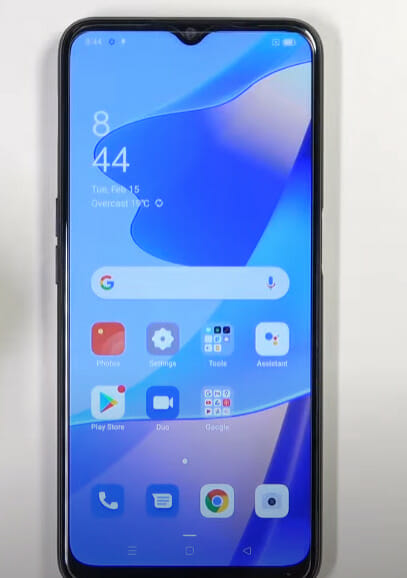
Method 8: Consider a Factory Reset
If you’ve tried everything and believe the issue lies with your device, think about a factory reset. But remember to back up your data first.
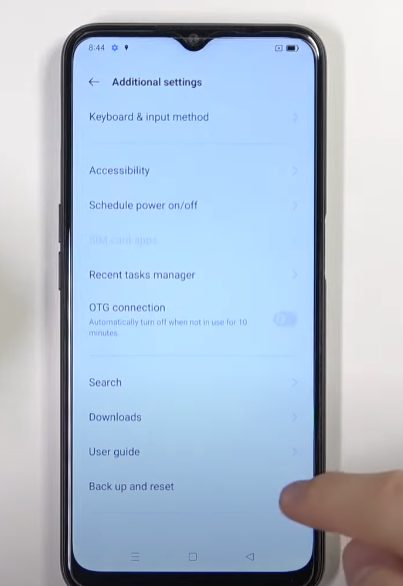
Step 1: Backup Important Data: Before initiating a factory reset, back up essential data like contacts, photos, messages, and apps. To back up:
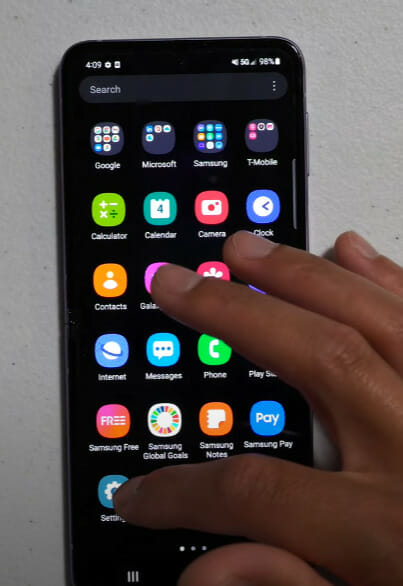
- Go to “Settings”
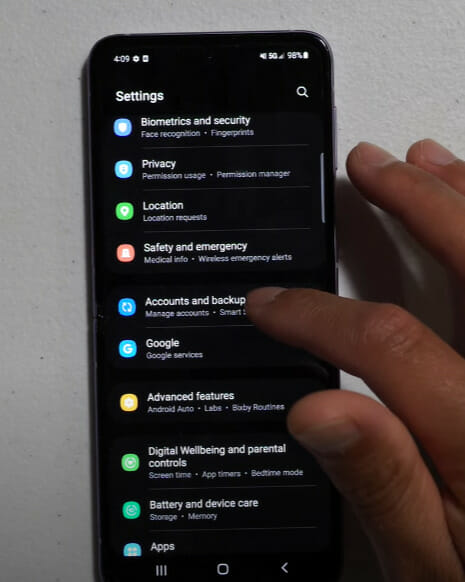
- Then click on “Accounts and back up.”
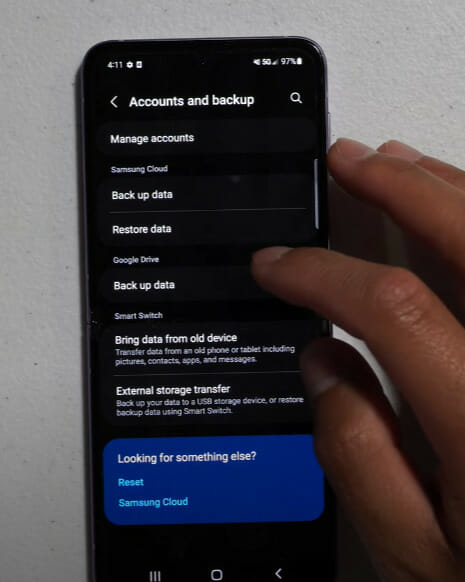
- Choose “Backup.” Ensure the backup service is on and select “Back up now.”
Step 2: Initiate Factory Reset: This powerful step wipes your phone clean, restoring it to its original out-of-the-box condition.
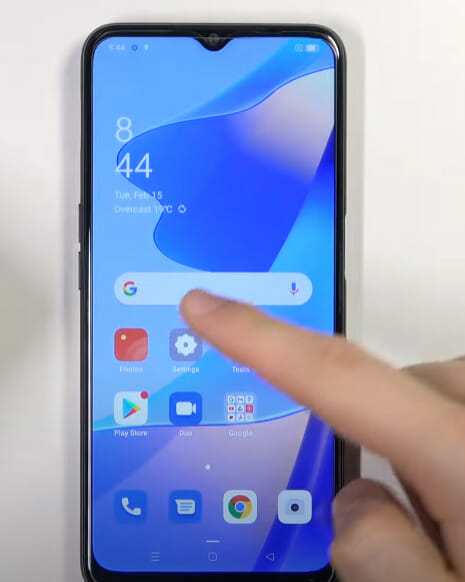
- Navigate to your device’s “Settings” app.
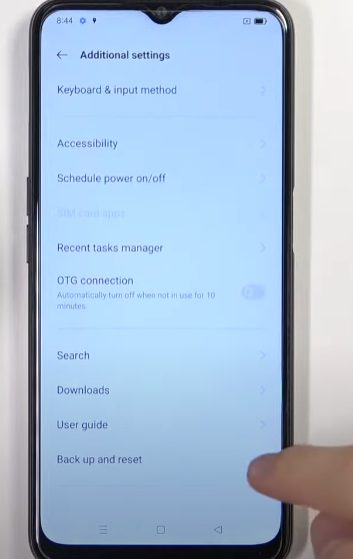
- Scroll down and select “Additional Settings” and look for “Back up and Reset” (this may vary based on the device model).

- Choose “Erase all data (factory reset)” or a similar option.

- Confirm and Reset: You’ll receive a warning about the data that will be erased. Confirm the action after reviewing and ensuring you’ve backed up everything important. Your device will restart and begin the factory reset process. This may take several minutes.
Avoiding Common Pitfalls: Navigating APN Settings
While adjusting APN settings can pave the way for seamless internet connectivity, it’s easy to stumble upon minor mistakes that disrupt the process. Let’s explore some of the most frequent missteps users make so you can sidestep these pitfalls and ensure a hassle-free experience.
- Incorrect APN Settings: Many users input the wrong information. It is crucial to get the APN settings directly from your carrier or their official website.
- Not Saving Settings: After adjusting the APN settings, it’s essential to save them. Many users overlook this step, leading to unchanged settings.
- Using Outdated Software: Not updating the phone’s software can cause compatibility issues with the network.
- Ignoring SIM Issues: Connectivity problems might be due to a damaged or old SIM card. Many users jump to adjusting APN settings without considering the SIM card’s condition.
- Hasty Factory Resets: A factory reset should be the last resort. Some users rush into it without trying simpler solutions or backing up their data.
- Using Multiple VPNs: Multiple VPN apps running simultaneously can lead to network conflicts.
- Ignoring Data Limits: Overlooking data caps or limits and expecting the internet to work can be a basic oversight.
Frequently Asked Questions
- What is APN?
- APN stands for Access Point Name. It’s a set of settings that allow your device to connect to the internet using the services of your mobile network provider.
- Why can’t I change my APN settings?
- This could be due to a device restriction, particularly if it’s carrier-locked, or you might look in the wrong place in your settings. It’s also possible your carrier manages these settings automatically.
- How do I know my correct APN settings?
- Your mobile network provider usually provides APN settings. You can find them on their official website, by calling customer service, or sometimes in the documentation that came with your SIM card.
- Do APN settings affect battery life?
- Not directly. However, if your device struggles to connect to the internet due to incorrect APN settings, it might search for a network more frequently, leading to a faster battery drain.
- Why do I need to update my APN settings?
- Carriers sometimes change the required APN settings to improve connectivity or introduce new services. If you switch carriers or travel internationally, updating your APN settings ensures you can connect to the internet.
- Can the wrong APN settings harm my device?
- Incorrect APN settings usually won’t damage your device, but they can prevent you from accessing the internet, sending MMS, or using other carrier-specific services.
- What should I do if none of the solutions work?
- Consider reaching out to your network provider or visiting one of their stores. They might be able to offer additional insights, especially if it’s a network-related issue.
References
Websites:
- GMSA. https://www.gsma.com/
- Wi-Fi Alliance. https://www.wi-fi.org/
- Android Central. https://www.androidcentral.com/
Video Resources:
Unique Tutorials
Stetson Doggett
Amzeeel
World of Tech
HOWTECH
World of Tech
Boomers Tech Show
HardReset.Info
Lucky Tech Life

